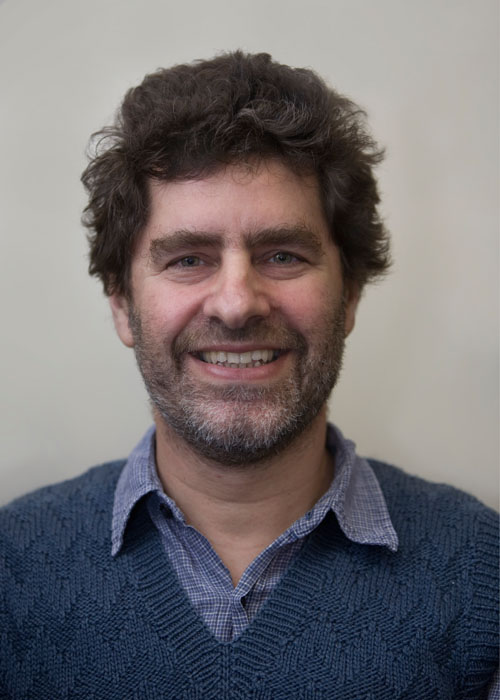
My Expertise
Structure and function of proteins, biological macromolecules, determination of protein structure, examining the physical properties of proteins, and determining the relationship between protein structure and sequence.
Fields of Research (FoR)
Structural Biology (incl. Macromolecular Modelling), Biochemistry and Cell Biology, Proteins and Peptides, Biological PhysicsSEO tags
Biography
Paul Curmi is a structural biologist and molecular biophysicist. His laboratory focuses on the structure and function of proteins: macromolecules that are the fundamental molecular machines in any living system. Understanding how these machines work requires a knowledge of the three dimensional atomic structure of the protein. The focus of our group is to understand the molecular and cellular function of various protein systems. Our key...view more
Paul Curmi is a structural biologist and molecular biophysicist. His laboratory focuses on the structure and function of proteins: macromolecules that are the fundamental molecular machines in any living system. Understanding how these machines work requires a knowledge of the three dimensional atomic structure of the protein. The focus of our group is to understand the molecular and cellular function of various protein systems. Our key experimental technique is x-ray crystallography, although we also utilise a battery of other biochemical, biophysical and computational (bioinformatics) techniques to enhance our understanding. Our group uses the tools of modern molecular biology to prepare proteins of choice. Our lab is equipped such that we can go from sequence to protein to structure in house. We are currently working on several themes:
Metamorphic proteins: where one sequence codes for several stable structures. CLIC proteins are extremely plastic, having the ability to exist in both soluble cytoplasmic forms and an integral membrane form that produces an ion channel. Our aim is to understand the biological function of the CLIC family and how their structural plasticity supports function.
Synthetic biology: creating a protein-based molecular motor using non-motor components. We are part of an international consortium to construct a protein-based motor that will “walk” along a track. This will test our understanding of the basic principles of molecular machines and will launch new nanotechnologies.
Quantum biology: does quantum mechanics play a non-trivial role in biology? Aquatic photosynthetic organisms utilize sophisticated light harvesting systems to optimize the capture of solar energy which is severely filtered by water. We have determined the structures of a set of light harvesting proteins from single-celled algae (the cryptophytes) that have unusual physical properties and evolutionary history. These proteins maintain long-lived quantum coherence under physiological conditions. We are exploring the evolution of quantum coherence in light harvesting and whether is has a physiological role.
Pattern formation in cells: what determines when and where a cell divides? Cell division in prokaryotes is precise in position and timing. We believe that the underlying mechanism for this is the establishment of a Turning pattern by a reaction-diffusion system of proteins.